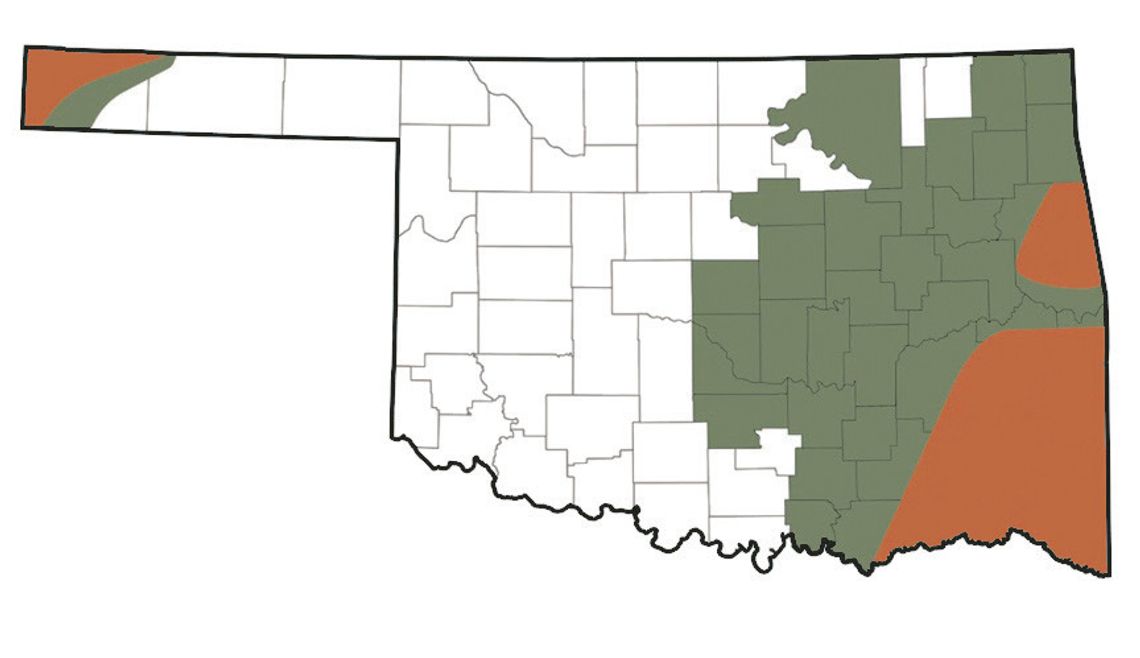A black bear, estimated to be a male between 2-3 years old and weighing approximately 180 to 200 pounds, has been photographed by a trail camera near Tushka. Game wardens estimate the same bear is visible in two separate images, one taken on June 23, 2025, and another on June 24, 2025.
The recent sighting highlights a significant comeback for black bears in Oklahoma, a conservation effort that dates back decades. As early as 1951, the Oklahoma Game and Fish Department sought aid from the Washington State Department of Game to restore black bears to their former haunts in southeast Oklahoma.
Plans from that time included shipping one to two dozen bear cubs to Oklahoma in the spring, to be raised by bottle before being released. These bears, considered predatory in Washington, were likely transported by plane and released near Robbers Cave State Park near Wilburton and similar areas, with hopes they would establish themselves and become tourist attractions, similar to those in National Parks.










